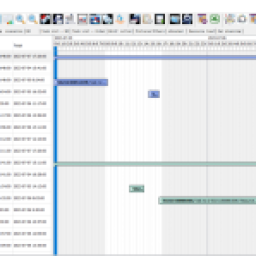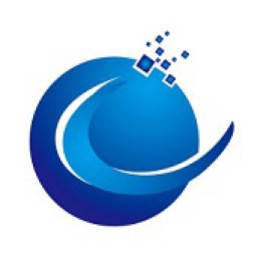VT-APS
VT-APS(Advanced Planning and Scheduling) Introduction
VT-APS advanced planning and scheduling system based on cutting-edge artificial intelligence algorithm to achieve multi-objective optimization engine, filling the domestic APS no core technology (some imported algorithms), our product optimization core technology closely follows the advanced algorithm, to ensure the competitive advantage of the product. VT-APS provides a stronger heart formanufacturing companies - optimized production planning, so that enterprise APSis no longer inapplicable. The system provides a total of 40 planning and scheduling target functions in 13 categories, allowing customers to arbitrarily combine multiple scheduling targets according to their own needs and adapt to diversified scheduling needs.
VT-APS solves one of the problems that ERP cannot solve the production scheduling(Production Scheduling), using APS's production scheduling based on resource capacity, constraint theory, time and material-based theory, and the work ofthe system is to solve the problems that ERP and MRP cannot solve. Inaccurate planning, i.e. rough plans without accurate time, place, quantity. ERP production scheduling is generated based on the master production plan,forecasts and orders. Production Scheduling-Discrete is theoreticallyorder-driven. The VT-APS system we developed should provide the following functions:
1.Calculate the production schedule to meet the requirements of the order. This includes start, finish, and material requirements planning that can meet orders.
2.After the order is changed or the emergency order is temporarily inserted, itis necessary to be able to quickly rearrange the production operation plan,immediately report whether it can meet the change, and when can the production of the emergency insertion order and the fastest delivery time and new material requirements be started at the earliest.
3.Help planners and shop schedulers make scheduling plans in a short period oftime (previously it took a long time to calculate results manually).
4.Generate a precise MRP plan that satisfies the exact resource situation occupied by the order task and the order.
5.Calculate the process requirements (precise and specific demand, time,location) and WIP (the output of the previous process that cannot be digested and absorbed by the next process) to meet the order, and provide accurate information for procurement planning and inventory planning.
6.Calculate the precise purchase plan of the order, including the quantity, time,location, etc. of the delivery.
7.Show accurate material requirements planning and resource utilization planningthat ERP and MRP cannot provide, and provide a basis for real-time finemanagement.
8.Generate production plans for precise time and quantity, as well as resourceusage planning, material requirements planning, and material supply/procurement planning corresponding to the plan.
9.KPIs (Key Performance Indicators) produce accurate reports to evaluate variousplans. In the KPI chart, you can display resource utilization, order fulfillment rate, material utilization, etc. In order to solve this series of problems, we developed an advanced production scheduling planning system, thatis, Production Scheduling-Discrete, according to the constraint theory of APS's limited capabilities, to solve the remaining problems of ERP.
10.Arrange the progress of the operation, ensure the on-time delivery and meet the delivery date, ensure that the necessary materials, parts and equipment can beobtained during production, calculate the start of production time to completethe order and meet the completion time and material requirements of the order.
11.Predict the bottleneck and solve it as soon as possible to balance the operation load and the production line.
12.Minimize lead time, setup time, setup cost, WIP inventory.
13.Each process can see the resource utilization rate, optimize to achieve thebest resource utilization rate, reduce resource waste, maximize equipment utilization.
14.The condition and status of the materials required for the order, whether the required materials can arrive on time, and whether there are safe spare inventorymaterials.
15.The occupancy rate of the resources (equipment, tooling, personnel, etc.) ofthe order, and can manually adjust the task start and end time and automatically and intelligently schedule the affected task.
Updated at Saturday, 2023-07-22 22:36:42




